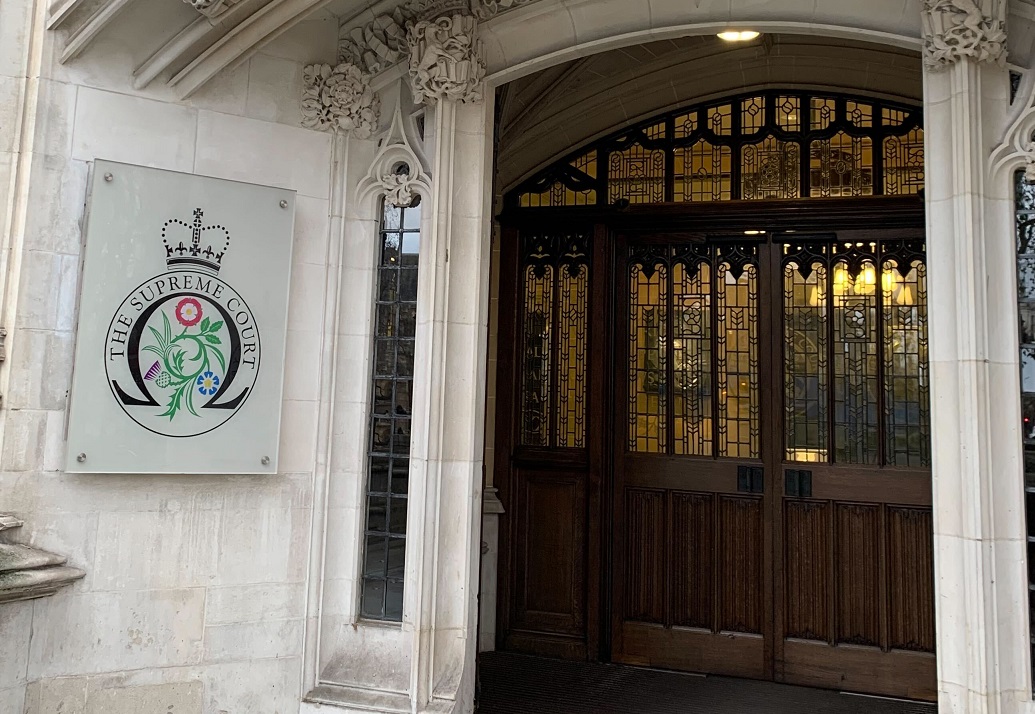 News
NewsThe United Kingdom Supreme Court began hearing a legal challenge centered on the definition of “woman” on Tuesday, marking the latest development in a long-running dispute between a women’s rights campaign group and the Scottish government. The case follows a decision in November last year when the appellant, For Women Scotland Limited, lost its Inner House challenge against the lawfulness of statutory guidance issued by Scottish Ministers.
The appeal For Women Scotland Ltd v The Scottish Ministers heavily hinges on the definition of “women” in the Gender Representation on Public Boards (Scotland) Act 2018 (ASP 2018). In 2018, the ASP defined “woman” to include individuals “(i) with the protected characteristic of gender reassignment; (ii) living as a woman; and (iii) proposing to undergo / undergoing / who have undergone a gender reassignment process.”
The appellant initially challenged the legality of this definition in 2022. The Court of Session held that the definition “conflates and confuses two separate and distinct protected characteristics” outlined in the Equality Act 2010 (EA 2010). Consequently, the court ruled the definition unlawful, stating that it exceeded the legislative authority of the Scottish Parliament.
Following this ruling, the Scottish government issued updated statutory guidance, however, continued to apply the ASP 2018 definition of “woman” . The guidance further clarified that individuals holding a Gender Recognition Certificate (GRC) designating their gender as female are legally recognized as women. Under Section 9 of the Gender Recognition Act 2004 (GRA 2004), a full gender recognition certificate establishes a person’s acquired gender as their legal gender for all purposes.
In a second legal challenge, in November 2022, the appellant argued that Section 11 of the EA 2010, which defines a person’s gender based on their “particular protected characteristic,” conflicts with and should take precedence over the GRA 2004. After appeals to both the Outer House and Inner House, the court dismissed the appellant’s argument. The judge found no conflict between the EA 2010 and the GRA 2004. Instead, the court held that the two statutes are compatible, concluding that a person with a GRC under the GRA 2004 has the protected characteristic of gender reassignment as defined in Section 11 of the EA 2010.
The central question in the current appeal is whether the EA 2010 restricts or limits the legal effect of the GRA 2004.
According to BBC reporting, Aidan O’Neill KC, representing the appellant, argued for a “common sense” definition of “man” and “woman,” asserting that sex is an “immutable biological state” necessary to protect women’s rights under equality law. He contended that the EA 2010 overrides the GRA 2004, referencing a GRA clause making it subject to other legislation. Additionally, O’Neill warned against “absurd outcomes or nonsensical outcomes.”
In response, Ruth Crawford KC, representing the respondent, put forward the argument that the GRA 2004 and EA 2010 are compatible, as legislators accounted for their interaction. The government maintains that the EA 2010 contains no explicit provision limiting the GRA 2004, which changes a person’s legal sex upon issuance of a GRC.
The Supreme Court’s decision will significantly define the legal boundaries for women and transgender people. The hearing concludes on Wednesday, November 27.

